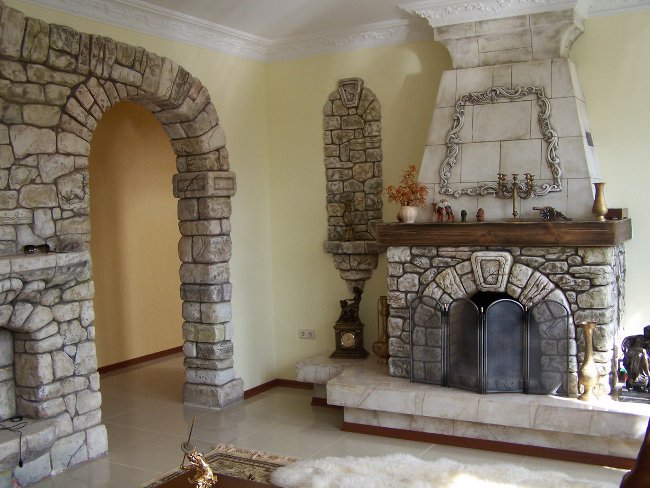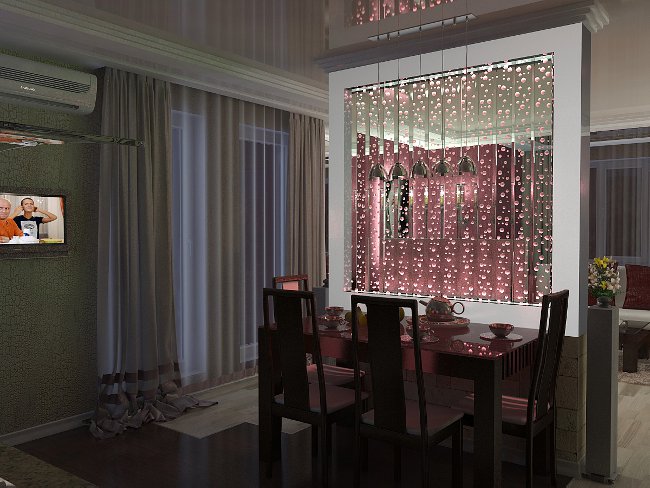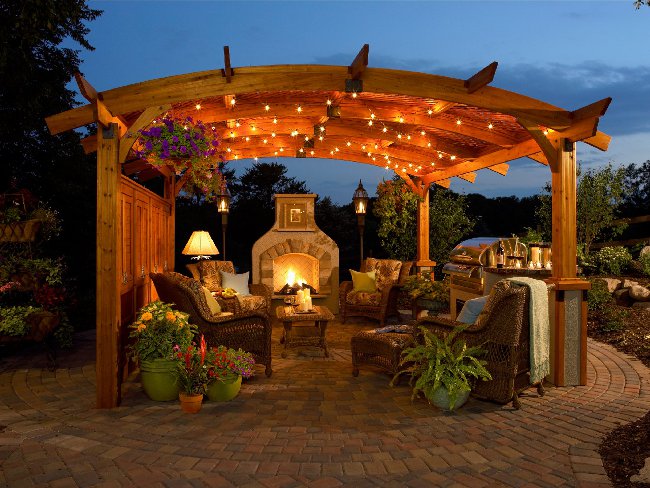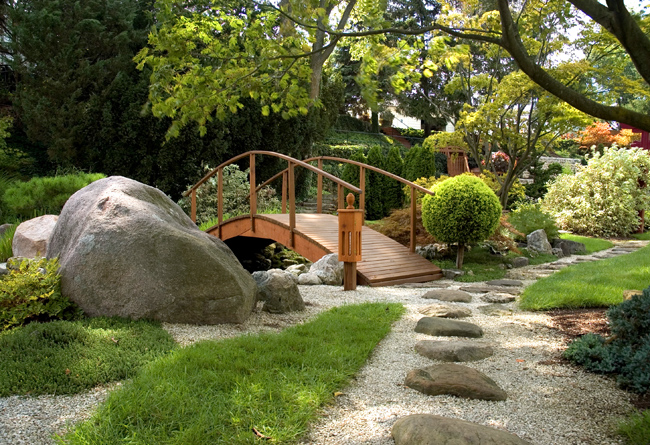Pergola with own hands

Pergola will be a wonderful decoration of your garden,A cozy green corner that will protect you from the scorching sun in the summer heat. What is a pergola? Can I make it myself? Today in the Land of Soviets - pergola with own hands.
The pergola is a composite construction and consists of repeated sections of arches, which are interconnected by transverse bars. But homemade pergola is often aframe, where the vertical pillars support the crossbeams of the roof, because making arched arches independently is quite difficult. Pergola can be either a separate structure (for example, to act as a gazebo in the patio), and part of the building (a canopy over an open terrace).
So, how to create a pergola with your own hands? You need to start with the materials. If you decide to purchase ready-made arches, you can choose products made of plastic or metal. But usually a pergola, created by its own forces, is made of hardwood. You can combine wood and brick (concrete): horizontal wooden beams will be supported by brick or concrete pillars.
First, draw a plan for the future pergola, taking into account its size. Usually the height of the pergola does not exceed 2.5 meters,so that climbing plants can reach to its roof. The standard width is about one and a half meters. Decide where the pergola will be. It should be installed on a level platform, the ground can be anything: soil, sand, grass, gravel, concrete, you can pave the site with paving slab or stone.
The pergola consists of supporting pillars, transverse and lateral beams, as well as trellised panels, on which will grow the plants. Racks and beams are wooden beams, the cross-section of the support posts being 3-5 cm longer than the cross beams.
The trellis panels can be made from light wooden slats or from wire meshThis depends, in part, on whichThe plants you are going to use for vertical planting of pergolas. For light clematis there will be enough grids, heavier plants need wooden slats.
All the wooden elements of pergolas need treat with a special antiseptic solution, so that the finished pergola is not susceptible to sun, moisture and microorganisms.
First you need to determine where the vertical beams will be located. Dig out pits below them for a depth of 60 cm, In the resulting recesses, strengthen the supporting poles with the help of buta or concrete.
When the concrete dries and the supports are firmly fixed, fix horizontal beams using screws, staples or brackets. To create a more robust construction, you can use the stud joints. To do this, the thorn inserted into the end of the support beam should be inserted into the pre-prepared hole in the side rail at a right angle.
The upper transverse beams are fixed to the top of the side rungs with the use of nails. Beams must be located at the same distance. To ensure that the connections are better able to withstand the wind pressure, the nails must be driven at right angles.
If you want to, that your pergola with your own hands had a more accurate construction, in the upper part of the side beams, it is possible to make indentations in the form of a Latin letter V. In these notches one must place the ends of the transverse bars, fixing them with nails.
Finally, To the side surfaces of the pergola you need to attach the trellis panels. If you use wooden slats, you cannail directly to the support posts. And the wire mesh can be fixed with metal staples. Panels need to be fixed at some distance from the ground to prevent corrosion or decay.
Of course, this is only a general scheme for building a pergola, You can show imagination and change the design. To your pergola with your own hands came out beautiful, it is important to be careful and accurately observe all sizes.














